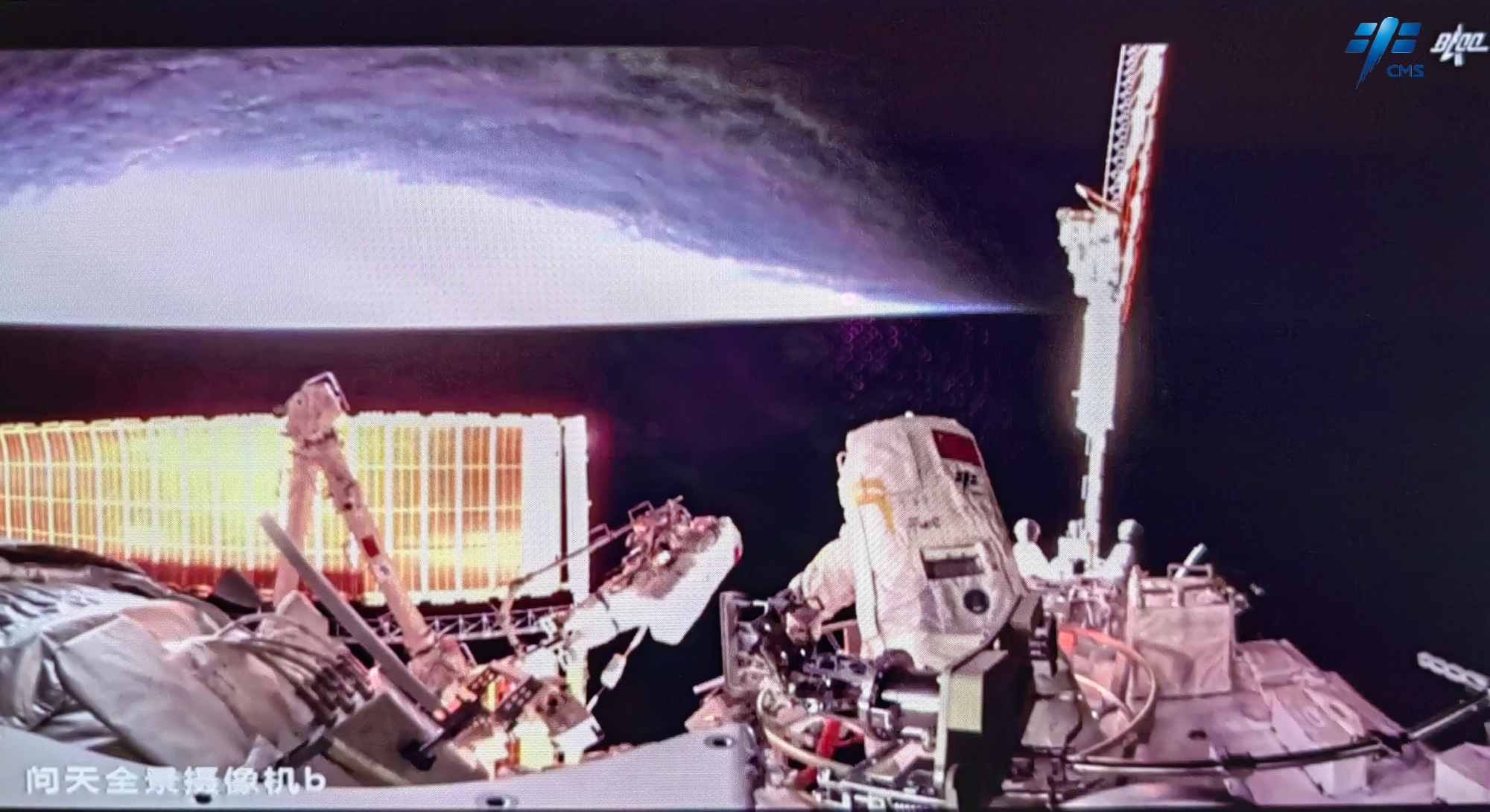HELSINKI — ESA’s director general says the agency does not have the budgetary capacity nor the political intention to send its astronauts to China’s space station.
“We are very busy supporting and ensuring our commitments and activities on the International Space Station where we have a number of international partners working together,” ESA Director General Josef Aschbacher said in response to a question from SpaceNews during an annual press briefing in Paris on Monday.
“For the moment we have neither the budgetary nor the political, let’s say, green light or intention to engage in a second space station; that is participating on the Chinese space station,” Aschbacher said.
ESA and China had earlier been working towards a potential visit of European astronauts to Tiangong. ESA Astronauts Samantha Cristoforetti and Matthias Maurer participated in sea survival training with 16 Chinese counterparts off the coastal city of Yantai in 2017 and had been developing Chinese language skills.
A year earlier Chinese astronaut Ye Guangfu participated in ESA’s Cooperative Adventure for Valuing and Exercising human behavior and performance Skills (CAVES) astronaut training course.
The exchanges were part of plans to eventually see European astronauts fly to China’s space station later in the 2020s. Those plans appear to have cooled in recent years, without official updates on the status of the relationship.
China launched its first space station module in 2021 and completed the three-module outpost in late 2022. Officials with China’s human spaceflight agency have said they have received interest in international astronauts flying to Tiangong.
仰观宇宙之大,俯察品类之盛,所以游目骋怀,足以极视听之娱,信可乐也。
Looking up, I see the immensity of the cosmos; bowing my head, I look at the multitude of the world.
The gaze flies, the heart expands, the joy of the senses can reach its peak, & indeed, this is true happiness pic.twitter.com/OINIOOi1Uc— Samantha Cristoforetti (@AstroSamantha) October 12, 2022
ESA and the China National Space Administration (CNSA) discussed plans in a video in April 2021. The two agencies have recently cooperated at the level of ground station support for China’s Chang’e-5 lunar sample return mission and communications test for the Mars Zhurong rover, have working groups in the field of Earth observation and an ESA-funded instrument will fly on Chang’e-6.
Aschbacher did not address another question regarding potential ESA involvement in China’s planned International Lunar Research Station (ILRS), a project the country established in collaboration with Russia.
An ESA official participated in a Chinese-led session at the International Astronautical Congress (IAC) in September 2022 focused on international cooperation prospects for China’s lunar and deep space exploration activities. Russia was not mentioned during the event, hinting at the geopolitical complexities of international cooperation following the invasion of Ukraine.
China has been looking to expand its international space cooperation and diplomatic footprint, with cooperation noted as a major focus in a once-every-five-year white paper released in January 2022.
China last month said it would explore possibilities with an intergovernmental group formed by Saudi Arabia, the United Arab Emirates, Bahrain, Kuwait, Oman and Qatar.
HKATG of Hong Kong, a commercial space firm with links to Huawei, earlier this month announced it had reached an agreement with Djibouti on the Horn of Africa to build seven launch pads and testing facilities.
